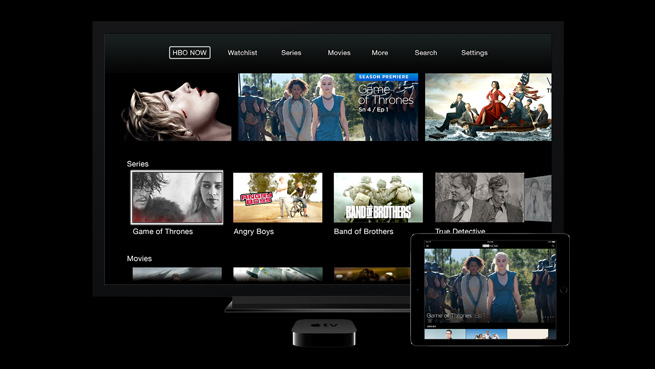What Happened
HBO has launched a hybrid content campaign to generate buzz for its upcoming new series Little Big Lies. Partnering with anonymous secret-sharing social network Whisper, which has since pivoted into a “digital media publisher that helps brands develop content,” HBO will images from “Big Little Lies” will pair with people creating Whisper posts about lies they told. Whisper employs machine-learning technology to analyze the site’s data and identify the most popular posts. The popular and most interesting ones will then be curated into stories and videos to be posted on Facebook, Instagram, Twitter, and Whisper’s homepage.
What Brands Need To Do
This campaign smartly combines organic user-generated content with branded content (in this case, images from the show) and repackage them into share-worthy content with the help of algorithms powered by machine learning. With subpar mobile ad experience drives many users to use ad-blockers, it is becoming more and more difficult for brands to reach their desired audience via traditional digital ads. In fact, a new study shows that over 40% of millennials now browse the internet on a device that has an ad blocker enabled. Therefore, brands should take a cue from this HBO campaign and be open to exploring new forms of advertising such as sponsored or branded content.
Source: AdAge




